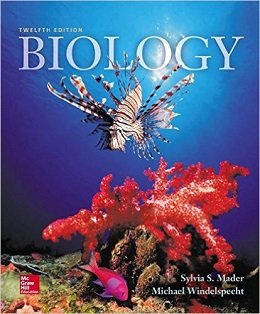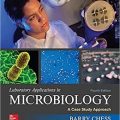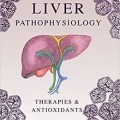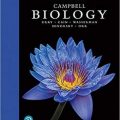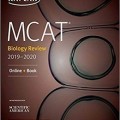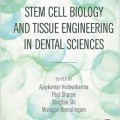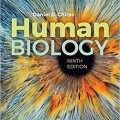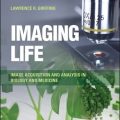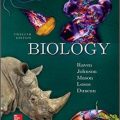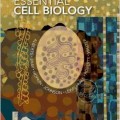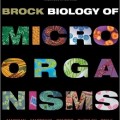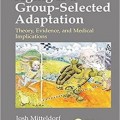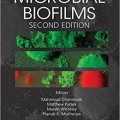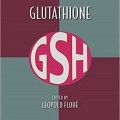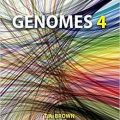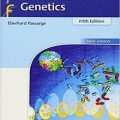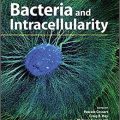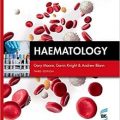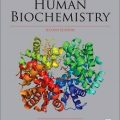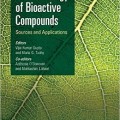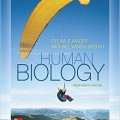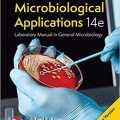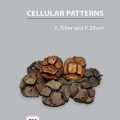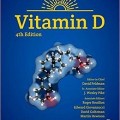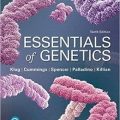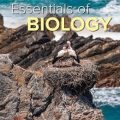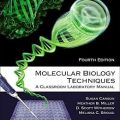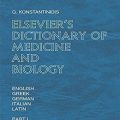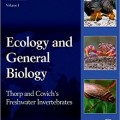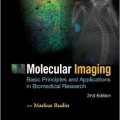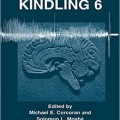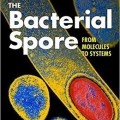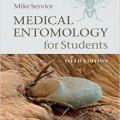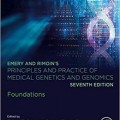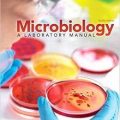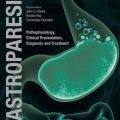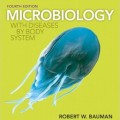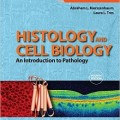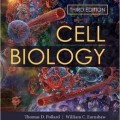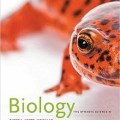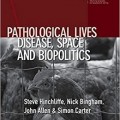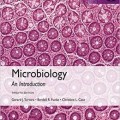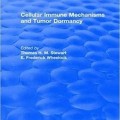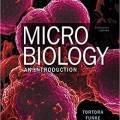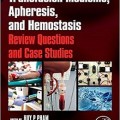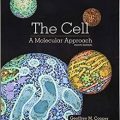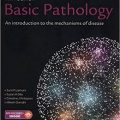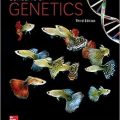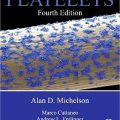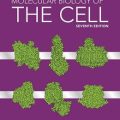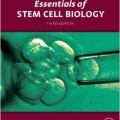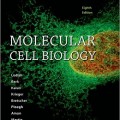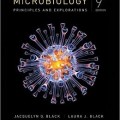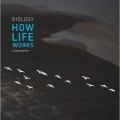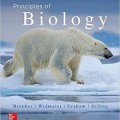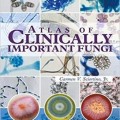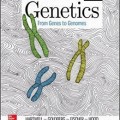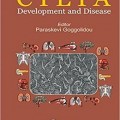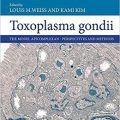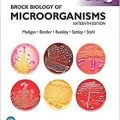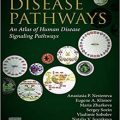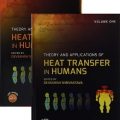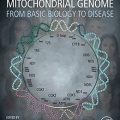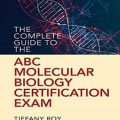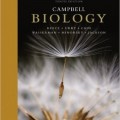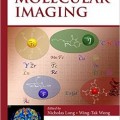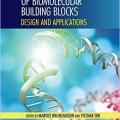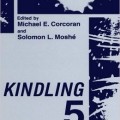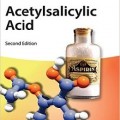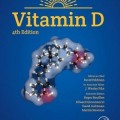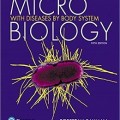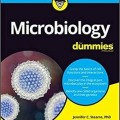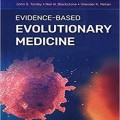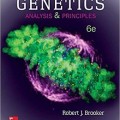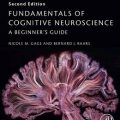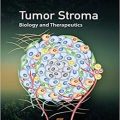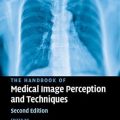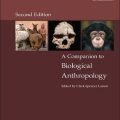دانلود کتاب بیولوژی مِیدر
Biology Mader, 12ed
NOTE: This is a standalone book and doesn’t include an access code.
THE MADER/WINDELSPECHT STORY…
The twelfth edition of Biology is a traditional, comprehensive introductory biology textbook, with coverage from Cell Structure and Function to the Conservation of Biodiversity. The book, which centers on the evolution and diversity of organisms, is appropriate for any one- or two-semester biology course.
Biology, 12th Edition is the epitome of Sylvia Mader’s expertise. Its concise, precise writing-style employs lucid language to present the material as succinctly as possible, enabling students―even non-majors―to master the foundational concepts before coming to class. “Before You Begin”, “Following the Themes”, and “Thematic Feature Readings” piece together the three major themes of the text―evolution, nature of science, and biological systems. Students are consistently engaged in these themes, revealing the interconnectedness of the major topics in biology.
Sylvia Mader typifies an icon of science education. Her dedication to her students, coupled with her clear, concise writing-style has benefited the education of thousands of students over the past three decades.
The integration of the text and digital world has been achieved with the addition of Dr. Michael Windelspecht’s facility for the development of digital learning assets. For over ten years, Michael served as the Introductory Biology Coordinator at Appalachian State University―a program that enrolls over 4,500 non-science majors annually. Michael is the lead architect in the design of McGraw-Hill’s Connect Plus and LearnSmart media content for the Mader series. These assets allow instructors to easily design interactive tutorial materials, enhance presentations in both online and traditional environments, and assess the learning objectives and outcomes of the course.
About the Author
Contents
Chapter 1: A View of Life
Chapter 2: Basic Chemistry
Chapter 3: The Chemistry of Organic Molecules
Chapter 4: Cell Structure and Function
Chapter 5: Membrane Structure and Function
Chapter 6: Metabolism: Energy and Enzymes
Chapter 7: Photosynthesis
Chapter 8: Cellular Respiration
Chapter 9: The Cell Cycle and Cellular Reproduction
Chapter 10: Meiosis and Sexual Reproduction
Chapter 11: Mendelian Patterns of Inheritance
Chapter 12: Molecular Biology of the Gene
Chapter 13: Regulation of Gene Expression
Chapter 14: Biotechnology and Genomics
Chapter 15: Darwin and Evolution
Chapter 16: Flow Populations Evolve
Chapter 17: Speciation and Macroevolution
Chapter 18: Origin and History of Life
Chapter 19: Taxonomyr Systematicsr and Phylogeny
Chapter 20: Viruses,. Bacteria, and Archaea
Chapter 21: Protist Evolution and Diversity
Chapter 22: Fungi Evolution and Diversity
Chapter 23: Plant Evolution and Diversity
Chapter 24: Flowering Plants: Structure and Organization
Chapter 25: Flowering Plants: Nutrition and Transport
Chapter 26: Flowering Plants: Control of Growth Responses
Chapter 27: Flowering Plants: Reproduction
Chapter 28: Invertebrate Evolution
Chapter 29: Vertebrate Evolution
Chapter 30: Human Evolution
Chapter 31: Animal Organization and Homeostasis
Chapter 32: Circulation and Cardiovascular Systems
Chapter 33: The Lymphatic and Immune Systems
Chapter 34: Digestive Systems and Nutrition
Chapter 35: Respiratory Systems
Chapter 36: Body Fluid Regulation and Excretory Systems
Chapter 37: Neurons and Nervous Systems
Chapter 38: Sense Organs
Chapter 39: Locomotion and Support Systems
Chapter 40: Hormones and Endocrine Systems
Chapter 41: Reproductive Systems
Chapter 42: Animal Development
Chapter 43: Behavioral Ecology
Chapter 44: Population Ecology
Chapter 45: Community and Ecosystem Ecology
Chapter 46: Major Ecosystems of the Biosphere
Chapter 47: Conservation of Biodiversity
لینک کوتاه : https://bookbaz.ir/?p=50283
نویسنده : Sylvia Mader , Michael Windelspecht
ناشر : McGraw-Hill Education; 12 edition
سال انتشار : 2016
زبان کتاب : انگلیسی
نوع فایل : PDF
تعداد صفحات : 1025
(ISBN) شابک : 0078024269
قیمت کتاب درآمازون : $217.24
حجم فایل : 178 MB


